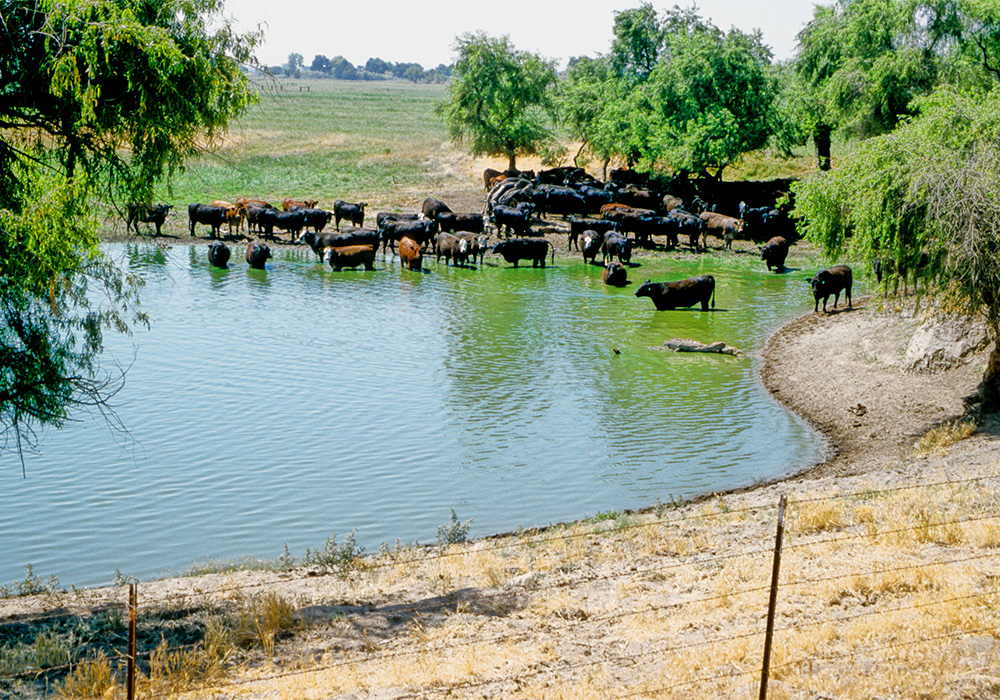Linking People to Conservation
Human dimensions is “a field of study that applies the social sciences to examine human-wildlife relationships, and, in doing so, provides information that contributes to effective wildlife conservation efforts” (Manfredo 2008).

Gary R Zahm
People: The Key to Successful Bird Conservation
Understanding the human dimensions behind conservation is critical to our Joint Venture’s success. Only by working with people will we achieve our bird and habitat conservation goals and objectives.
- Solutions to conservation challenges require changes in human behavior.
- Conservation is done for, with, and by people.
- Including both biological and social science leads to better. decision-making
CVJV Priority Human Dimensions Topics
Past efforts of the CVJV have been largely based on the biological sciences. However, multiple opportunities exist to incorporate social science/human dimensions information and approaches into Joint Ventures’ Strategic Habitat Conservation-based work.
The CVJV identified seven priority topics focus on human dimensions aspects of four key stakeholder groups: hunters, farmers, non-hunting recreationists and urban residents; and three key issues: ecosystem services, environmental justice and multiple benefits.

Steve Haze
Priority Stakeholder for the CVJV
Hunters
Hunters, nationwide, are often active conservationists and significant contributors toward conservation financially. Unfortunately, a 2017 study by CDFW found that numbers of duck hunters in California have declined 63%, and these declines are expected to continue.
There are also over 300 waterfowl hunting clubs in California whose management practices have significantly improved wetland protection and restoration, providing high-quality wildlife habitat. The significant decline in hunters is impacting club membership, putting the viability of these hunt clubs at risk. The CVJV works to support hunter recruitment, retention, and reactivation (R3) as well as an appreciation of the hunting way of life.
The Council to Advance Hunting and Shooting Sports issued an R3 Practitioner's Guide.
Farmers
Farmer beliefs and attitudes related to wildlife habitat can strongly influence their habitat conservation behaviors, such as enrolling in habitat incentive programs to benefit birds. Using wildlife-friendly agricultural best practices in the Central Valley, farmers contribute significantly to meeting the needs of migrating birds, providing up to 340,000 acres of surrogate wetlands during the winter and a significant portion of their energy needs by using these best practices. The CVJV supports the expansion of wildlife-friendly incentive programs and is working to increase the number of environmental stewards in the farming community
Non-hunting Recreationalists
Non-hunting recreationists provide significant economic value by getting outside and exploring wildlife refuges, wildlife and recreational areas, even just exploring their own neighborhoods exercising, birdwatching or just enjoying nature in the Central Valley. These naturalists are generally willing to financially support wildland restoration and preservation. Our experience, backed by research, shows that this group, especially those who also enjoy hunting are extremely motivated supporters of our efforts and the public funding of programs our partners rely on to accomplish their important work..
Through our communications and outreach efforts, we continue to mobilize this constituency group by increasing opportunities to enjoy and learn about the Valley’s bird life, increasing their awareness of key issues that impact resident and migratory birds, as well as their own lived experience, and providing opportunities for them to help conserve the Valley’s birds and their habitats for current and future generations.
Urban Residents
Water resources form the main connection between wetland conservation and California’s large urban population, who feel water shortages are here to stay and that they have a responsibility to future generations.
Urban residents have shown political and financial backing for innovative policy initiatives that supports wetlands and programs supporting farmers and private landowners implementing practices that are shown to improve water quality.
The CVJV uses targeted communications and outreach to heighten awareness around these issues, reaching urban and underserved communities.
Read some of the survey results from Tulare Basin and the San Joaquine/Sacramento Delta that help guide communication messaging. (Conducted by the Central Valley Partnership and the Delta Stewardship Council respectively.)
Key Issues in Human Dimensions for the Valley

Ducks Unlimited Inc
Understanding the True Benefits of Nature
Ecosystem services refers to the benefits that nature provides to humans. These benefits can include market values (flood protection, crop pollination and recreation) and non-market values (aesthetic appreciation, existence value, and option value). A lack of awareness can lead to ill-informed decisions such as allowing development on wetlands.
The CVJV uses communication and outreach to raise awareness of the ecosystem services provided to communities by improved bird habitats, increasing community members' support of the policies and the funding for programs that conserve and restore bird habitats.
Environmental Justice
The environmental injustices in the Central Valley are well-documented and present an opportunity for collaboration between the CVJV and environmental justice organizations (EJOs), which work with affected communities, to address mutual interests such as climate change, flood control, water quality and access to nature. Finding the common ground between the communities' needs related to these issues and the protection and restoration of bird habitats helps build partnerships and support for our work.

Rob Hansen

River Partners
Multiple Benefit Projects
Multiple-benefit approaches to conservation and planning seek to balance two or more types of benefits. The benefits might include environmental, economic and/or human welfare benefits when addressing a water and/ or habitat management challenge.
Involving the public in planning multiple-benefit projects will reap long-term benefits for the CVJV and our partners.

